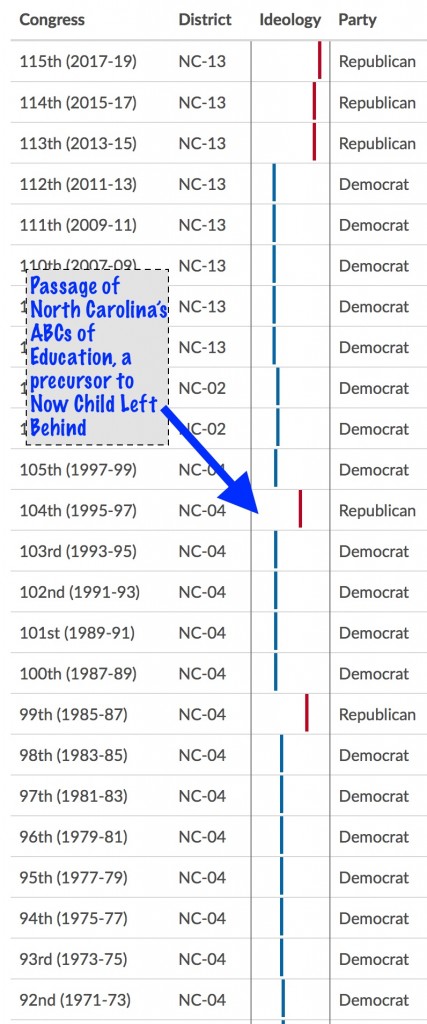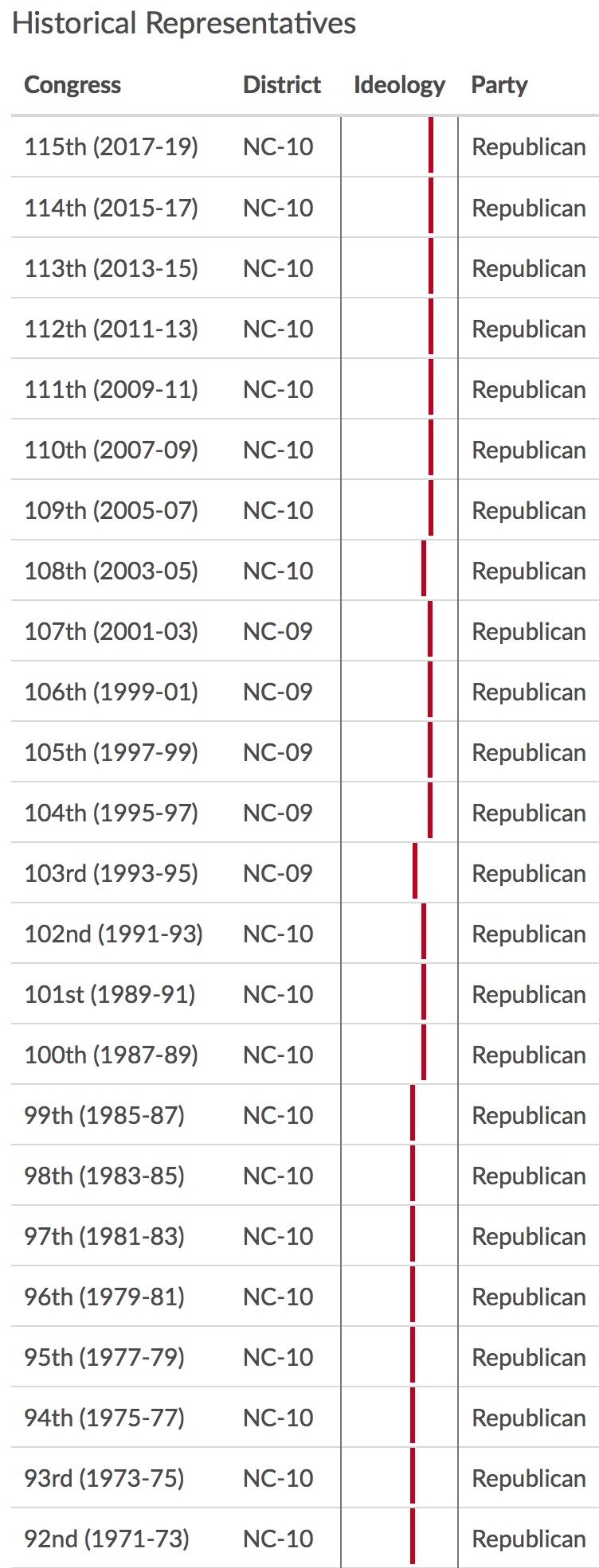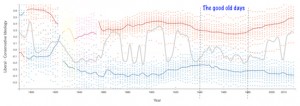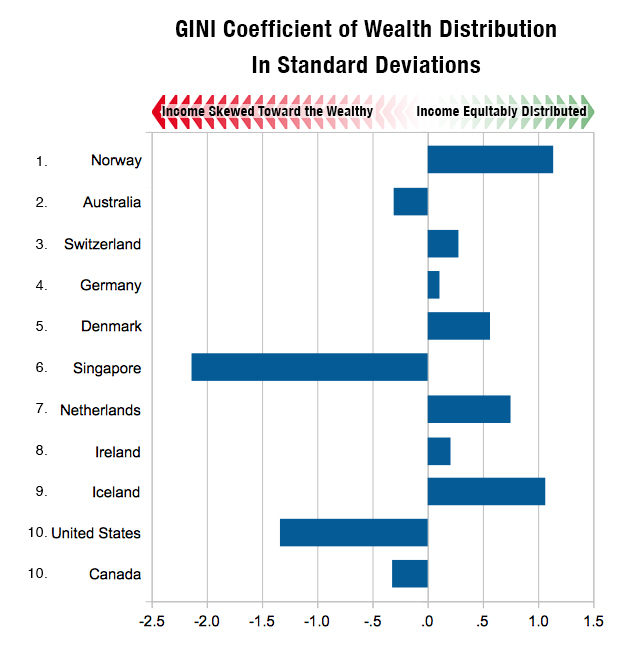I ran across an incredible web site today. As someone who is interested in politics, and especially its ongoing evolution, this really scratched an itch. It’s voteview.com and they record all rollcall votes cast by the U.S. Senate and House of Representatives, going back to the first congress of 1789-1791.
I was looking for data that I could visualize to indicate the degree to which Republicans and Democrats have crossed, implying times of compromise. But I found the following visualization on voteview.com that showed me exactly what I wanted to illustrate.
I have marked the region between 1940, marking the beginning of the Roosevelt/Wallace administration and 1980, marking the beginning of the Reagan/Bush era. You notice a lot of crossover between Republicans and Democrats. The Liberal to Conservative scale was determined by the DW-NOMINATE or Dynamic Weighted NOMINAl Three-step Estimation. I call that period “the good old days,” because it is the period of U.S. political history with which I identify and measure current conditions.
Another interesting application of DW-NOMINATE is the geography data. You can enter your zip code and you see the ideology of your district’s representatives. The positions of the red or blue bars are based on the NOMINATE index value of your representatives during that particular congress. Below and left shows the ideologies of representatives from Raleigh, North Carolina going back to my graduation from high school. The right shows the ideologies of representatives from Cherryville, my home town, going back to high school. I just think this is cool!
 |
 |
Lewis, Jeffrey B., Keith Poole, Howard Rosenthal, Adam Boche, Aaron Rudkin, and Luke Sonnet (2017). Voteview: Representing places through time. https://voteview.com/
Lewis, Jeffrey B., Keith Poole, Howard Rosenthal, Adam Boche, Aaron Rudkin, and Luke Sonnet (2017). Voteview: Parties Overview . https://voteview.com/






 Business Insider reported on Sunday about a study that indicates that even though college students enjoy learning from digital texts more than print and believe that they learn better, the truth is that print is better. The article,
Business Insider reported on Sunday about a study that indicates that even though college students enjoy learning from digital texts more than print and believe that they learn better, the truth is that print is better. The article,  Demographics, or demography, is the statistical study of populations. It encompasses the size, structure, and distribution of these populations. Demographics have long been used by decision makers in both government and commercial arenas.
Demographics, or demography, is the statistical study of populations. It encompasses the size, structure, and distribution of these populations. Demographics have long been used by decision makers in both government and commercial arenas.